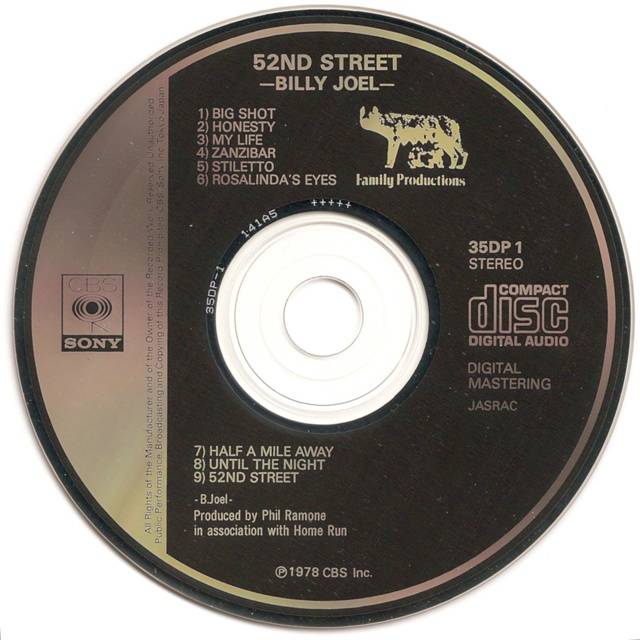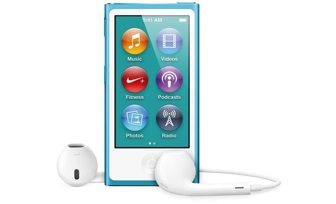This article is more than 1 year old
Happy birthday, LP: Can you believe it's only 65?
From scratchy spinner to flash and now the cloud
Album art, CDs and flash...
But CDs were smaller, so sadly didn't offer the vast canvas of the enormous LP album cover. An era of classic album artwork was over.

Vinyl LP Album Art: Close to the Edge - the 1972 album of Brit prog rockers Yes
Just a few years later, the ultimately hard-drive and then flash-memory-powered portable media players began to crush the CD as surely as it had pulverised the LP. The file system of the portable media players meant songs could be found quickly and you could organise your own playlists. You could store these songs on your computer and copy them to others.
Consumer music recording technology came down to a contest between the CD and flash. Flash won, and I'd suggest this is because of the simplicity of the associated purchasing technology. You can now buy just the few tracks you like off the album online as opposed to the whole thing, or even buy the whole thing without the pesky inconveniences associated with walking about, meeting people and leaving the house that one encounters in a meatspace record shop.
The digital music player's convenience and playlist functions were superior for consumers, who preferred not having to put load CDs into a player and carry them around if they wanted to have a listen while they travelled. A flash player could easily carry 500 songs or more - you'd need 25 or more CDs to match that.

Billy Joel CD
The advent of portable media players...OK, the iPod
Apple dominated the portable music player market from the beginning of the noughties onwards with its various iPods*. This is mostly down to the easy integration of its iTunes music software with the Apple Store's payment platform - although many have complained about early glitches like its automatic syncs, format mangling and various other snags. When digital music moved into mobile phones - together with dedicated flash music players - it killed off the CD as surely as the shiny scratch-prone disc had killed off the cassette tape before it.
But the long-playing record hasn't suffered the fate of the CD and the cassette tape. Afficionados still love the warmth of its sound, which they compare unfavourably to the hyper-clean and compressed digital music.

iPod Nano
Now music consists of digital files mostly played from solid state devices and not spinning media. Sometimes it comes across a network, from internet radio stations or other sources. The newest, 11th release of iTunes throws your music library up into the iCloud...
And there are plenty of cloud music services around to fill any gaps if you can't find anything in your own digital music library that tickles your fancy and aren't ready to buy something new.
Will commercial data storage go the same way? Will it end up in solid state stores with spinning media consigned to the vaults of old, old technology, aka the *cough* vinyl resting place, as relevant to us as papyrus or clay tablets? Not until solid state foundries have multiplied in number many, many times, for we simply can't make enough of the stuff for wholesale disk replacement. Disk is cheap, disk is good enough and flash will only be used for the data that is needed instantly for a long, long time yet. ®
* The iPod Classic and iPod Mini used a 1.8 inch hard drive and 1 inch Microdrive respectively. It was only in 2005, with the iPod Nano, that flash memory was used.
